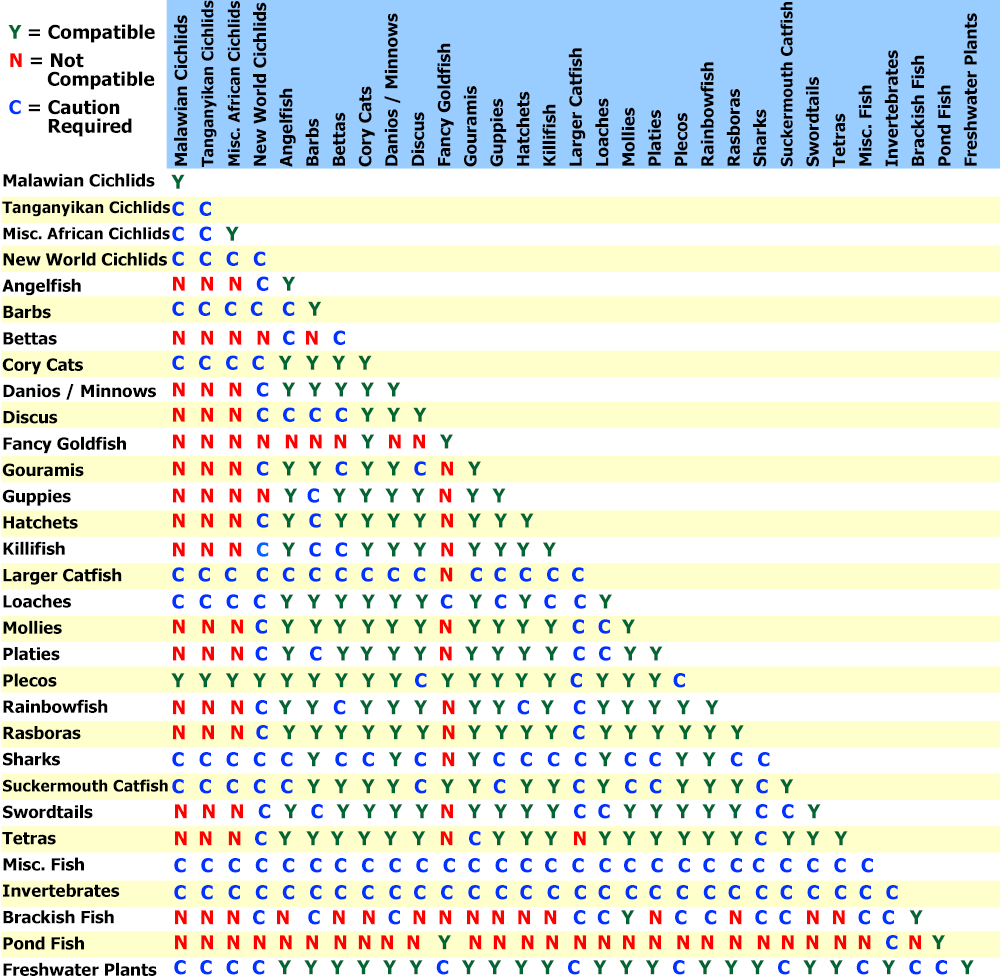Description
Para Pleco (L075) – Sleek Stripes & Golden Highlights
The Para Pleco (L075), also known as the Sabaji Pleco, is a beautifully patterned species admired for its sleek black or dark brown body adorned with delicate golden to yellowish stripes and spots, especially along the fins and tail. The subtle shimmer and striking contrast of this pleco make it a standout in both community and species-focused aquariums.
Native to the Rio Tapajós and Rio Xingu basins in Brazil, the L075 thrives in warm, well-oxygenated water with moderate to strong flow. This peaceful pleco enjoys hiding spots like caves, driftwood, and shaded rock formations. It is generally calm in temperament, making it a suitable tankmate for a variety of peaceful species.
Key Features:
-
L-number: L075
-
Common Name: Para Pleco / Sabaji Pleco
-
Coloration: Dark body with golden-yellow lines, spots, and fin highlights
-
Temperament: Peaceful and shy
-
Size: Grows up to 10 inches
-
Tank Requirements: Minimum 55 gallons with strong filtration, good water flow, and multiple hiding areas
-
Diet: Omnivorous—sinking pellets, algae wafers, blanched vegetables, and occasional protein-rich foods
-
Compatibility: Excellent for peaceful community aquariums; avoid housing with overly aggressive bottom dwellers
The Para Pleco (L075) offers both elegance and tranquility, making it a top choice for aquarists looking to showcase a pleco with refined beauty and peaceful personality.
Click & Collect
Livestock will only be bagged once you arrive, or if you contact us in advance to request it ready beforehand.
Local Delivery
Order anything from our in-store range and have it delivered right to you.
-
Minimum spend: £50
-
Delivery up to 10 miles: £10
-
Delivery up to 25 miles: £20
Distances are measured “as the crow flies”, not by road.
Once your order is placed, we’ll be in touch to arrange a suitable delivery date and time.
Please note, delivery may take a little longer as we often group orders together to build an efficient delivery run.
Important: If you’re ordering a large aquarium, please ensure someone is available to help unload the van on arrival.
Dry Goods Delivery
-
DX Express: 1 working day, same-day dispatch before noon 0-75kg
-
Express Pallet: 1–3 working days 75-500kg
If you'd like to add more items to an existing order that hasn't yet been dispatched, please place a Click & Collect order and leave a note asking us to combine the orders.
Please note: We currently only dispatch parcels Wednesday to Friday.
Pre-Order
Want the full details? Check out our Terms & Conditions.
Livestock Delivery
Thursday Delivery – £24
-
Dispatched Wednesday afternoon
-
Delivered Thursday before 1pm
-
Order by Wednesday 12 noon
-
Minimum spend: £50
Friday Delivery – £24
-
Dispatched Thursday afternoon
-
Delivered Friday before 1pm
-
Order by Thursday 12 noon
-
Minimum spend: £50
Saturday Delivery – £29
-
Dispatched Friday afternoon
-
Delivered Saturday before 1pm
-
Order by Friday 12 noon
-
Minimum spend: £50
📦 Want to Add to an Existing Order?
No problem! Just place a Click & Collect order and leave a note asking us to link it with your original one (as long as it hasn’t been dispatched yet).
🛒 Dry Goods Now Included!
You can now include dry goods in your livestock delivery – perfect for topping up supplies in one go.
❄️ Please note: We can’t send frozen food with livestock – please order frozen items separately.
⚠️ Delivery Exclusions
Unfortunately, we’re unable to deliver livestock to the following postcodes:
Scotland & Isles:
AB30–AB56, DD8–DD10, DG3–DG9, DG12–DG14, FK17–FK21, KA18–KA19, KA26–KA30, PA20–PA38, PA80, PH3–PH40
Cornwall Isles: TR21–TR25
All of the following postcodes are excluded:
BT, HS, IM, IV, JE, KW
Plus Channel Islands and Shetland Islands
Payment & Security
Your payment information is processed securely. We do not store credit card details nor have access to your credit card information.


